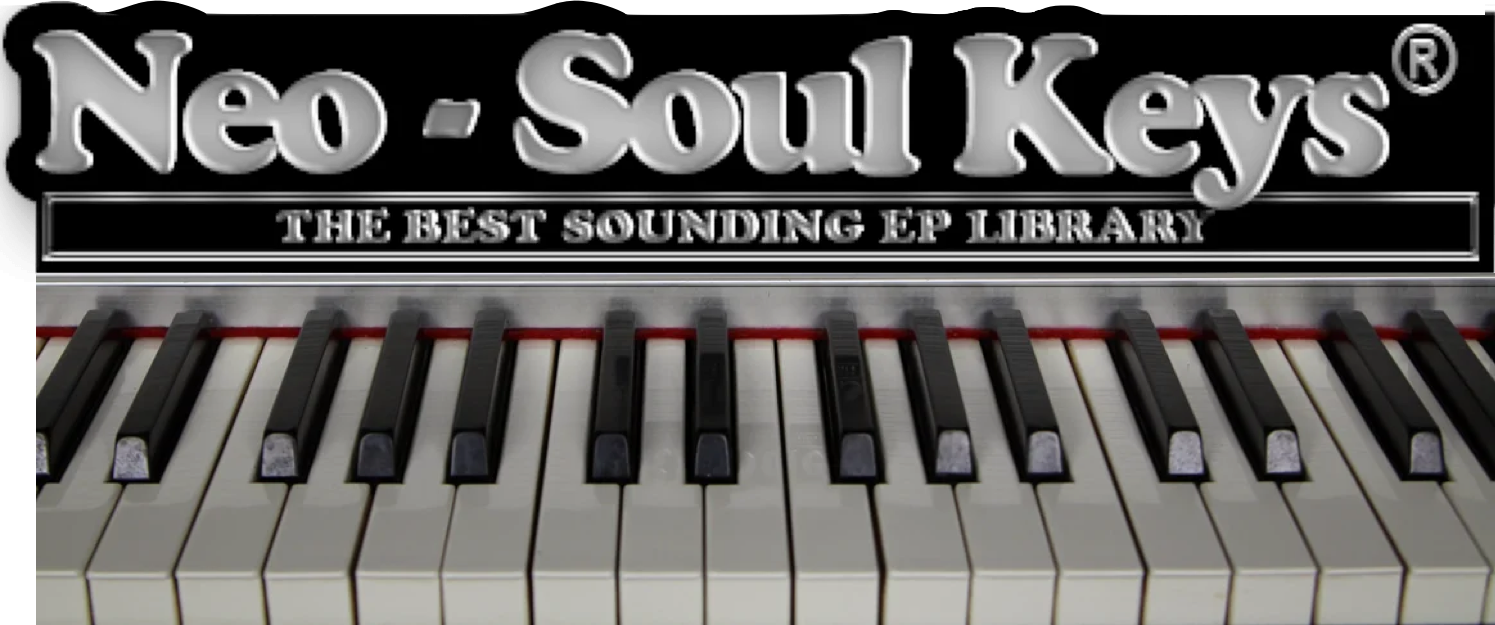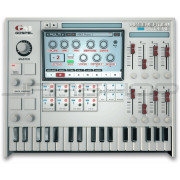


Also, if you're playing with a bass player, feel free to leave root position at the door and drop fifths like you had too much to drink. I know those voicings suck, but you catch the drift. For example, if youre gonna play the ever cliche I^7 IV^7, play them both voiced 1-7-5-9-3 (F-E-C-G-A to Bb-A-F-C-D) instead of moving 1-7-5-9-3 (F-E-C-G-A) to something like 1-3-5-7-9 (Bb-D-F-A-C). A lot cats i've played with (esp jazz keys) have gorgeous voicings they pull out when we jam on some neosoul, but a lot of the church cats i play with will move their whole hands in the same position to the next chord, and in my opinion that's more of the sound you're gonna be looking for.
#NEO SOUL KEYS GOSPEL MUSICIANS HOW TO#
So this thread is old but if anyone out there is still looking for info on how to play neosoul, something that's key (esp for keys/gtr) is making sure to voice your chords the exact same way, using way too much parallel movement. This almost instantaneously evokes the dreamy detachment of the genre Often he resolves to the fourth via stepwise motion: Bm7 BbM7. Robert Glasper uses a similar reworking of the sub. It is my opinion that the original chord associations remain and thus treating the tritonic sub as being suggestive of an interval is a defensible practise The sub is as much a concept as it is a cadentrial progression and it can be projected throughout a tonal systemĪnd so on and so forth. Im then extending that throughout the system so that the tritone sub can be used anywhere within a scale to creatre a similar effect. In Dm G C the tritone sub is Dm Db C, but a jazz musician is going to hear that augmented interval because the G7 is implied as standard. I know that that stands in rude contravention to every accepted notion of the sub as a replacement, but my method of working is to emphasise the intervallic relationship that exists. The former is agreed upon by mutual consent while the latter is an intrerpretation to widen the scope. Using the interval of the tritone to create a lydian intervallic relationship or even using it to bring out the augmented fourth/dimminishes fifth. Im talking about the sub in a literal sense. The G7 substituted for Db7 creates several lines of convergence not least the common 3rd and 7th but the Gb parent scale or Blydian both of which have semitonal relationships to the dominant and tonic respectively. I agree that the theory books have it laid out as a means to create tonal convergence through semitonal planing. So E to E is the distance or interval of an “octave” (just like 12 inches might be known as a foot).The gist of our respective arguments is that the tritone sub provides semitonal planing vs the tritonic sub in a more abstract impressionistic sense.

Neo Soul Chords: Extensionsīut to spice it up, let’s go beyond the octave.Ĭonsider the notes of the E natural minor scale again:Īn “octave” is what you get when you start on E and play this scale up to the next E. Just practice cycling through these chords, adding in your own rhythm, and you should be able to come up with something nice. *The diagrams show the chords going up but I prefer to go from the 1 down to the 5 down to the 4.Īlready, you should be hearing a number of songs in your head that use these Neo Soul chords. We will put minor 7 chords on each of these tones. So pulling out the 1st, 5th, and 4th tones gives us these bass notes: E is 1, F# is 2, G is 3, A is 4, B is 5, C is 6, D is 7


 0 kommentar(er)
0 kommentar(er)
